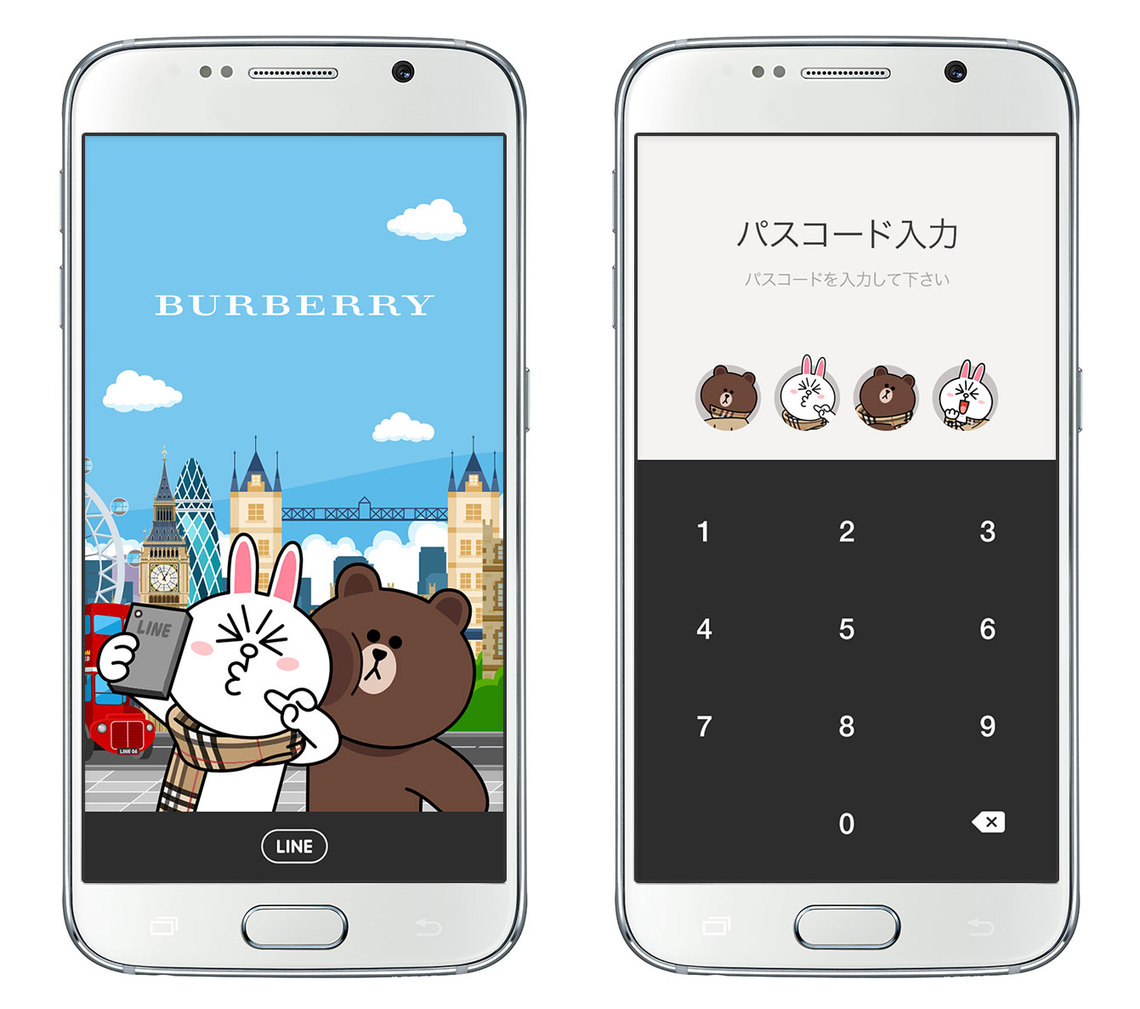When foreigners ask, "What's the situation with social media in Japan?", many Japanese people can probably give a rough explanation of the social media platforms and apps they commonly use. Here, I'd like to highlight some distinctive points along with things to keep in mind.
Japanese People Confusing "SNS" and "Social Media"
First, I'd like to touch on the difference between SNS and social media. Many Japanese people seem to use these terms without particularly thinking about the distinction.
Overseas, especially in English-speaking countries, the term "social media" is often used in contexts involving publishing functions like "posting," "spreading," or "sharing," while "SNS" is more commonly used when focusing on networking or messaging functions.
In Japan, however, it seems common even in news media reporting to use SNS, perhaps because writing it as three letters saves characters and is convenient.
Both Facebook and Twitter possess features of both SNS and social media. However, you rarely see native English speakers say "post on SNS" in English. They must say "post on social media" for it to be understood. YouTube is recognized in the West as a "social media platform," but it is not an SNS. When discussing social media in English with foreigners, it's important to consciously differentiate the terms.
Overseas luxury brands also communicate via LINE
According to Nielsen research, smartphone internet access surpassed PC access in Japan in September 2015. This appears to be a global trend. Data from StatCounter's Global Stats, an Irish web traffic analysis company, shows that in October 2016, smartphone and tablet internet access also surpassed desktop access worldwide.
Take a look at Japan's top 10 smartphone apps. The number one app in Japan is LINE.

The ranking above is based on Nielsen's survey results. While results may vary slightly depending on the research firm, LINE consistently ranks number one.

Overseas brands fully understand LINE's strong influence in the Japanese market and have almost universally established official accounts. In recent years, luxury fashion brands from Europe and America have also been using LINE to appeal to their target audience in Japan.
PR managers for foreign brands will likely need to explain Japan's unique sensibilities—such as "kawaii," which carries connotations of rejecting maturity and embracing imperfection, distinct from mere "cute"—along with the culture of emojis that express it, to their headquarters. They must then propose LINE marketing strategies that would be unthinkable in their home countries.
My book , Communicating: A Guide to PR in Japan, also features Burberry's marketing case study utilizing LINE.
In Part 4, I will touch on "yuru-chara" (mascots) and "moe" (adorable), which are characteristic of B2C communication in Japan.






